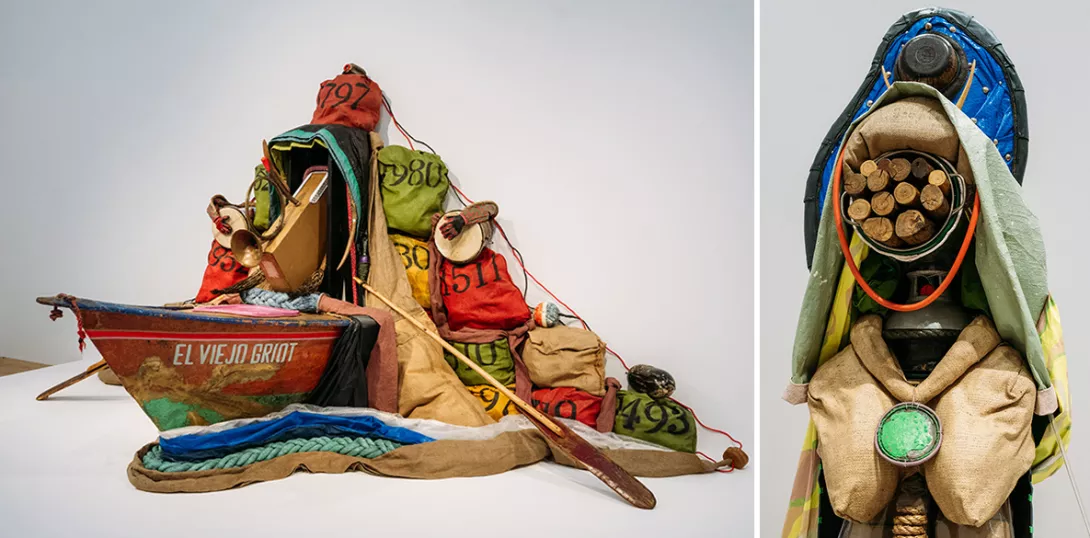ANDY HEDGECOCK relishes two exhibitions that blur the boundaries between art and community engagement
The female gaze
LYNNE WALSH applauds a show of paintings that demonstrates the forward strides made by women over four centuries
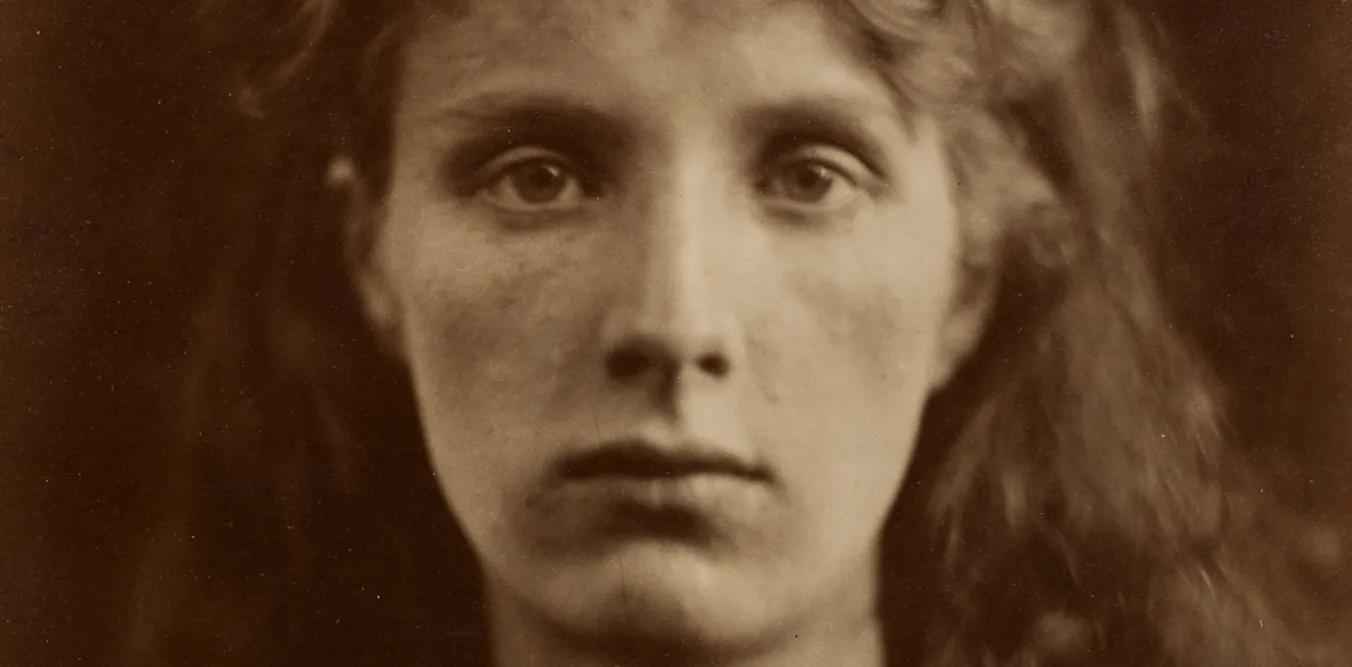
Now You See Us: Women artists in Britain 1520-1920
Tate Britain, London
THIS is women’s work: brilliantly creative, tenacious, incandescent with passion, empathetic and rebellious.
There’s a word that crops up, though, in titles and texts: unknown. A portrait shows an Unknown Lady; it’s unknown where some artists trained; some painters had their names misspelled over the years. It’s almost as if no-one were paying attention to their talents.
More from this author
The phrase “cruel to be kind” comes from Hamlet, but Shakespeare’s Prince didn’t go in for kidnap, explosive punches, and cigarette deprivation. Tam is different.

ANGUS REID deconstructs a popular contemporary novel aimed at a ‘queer’ young adult readership
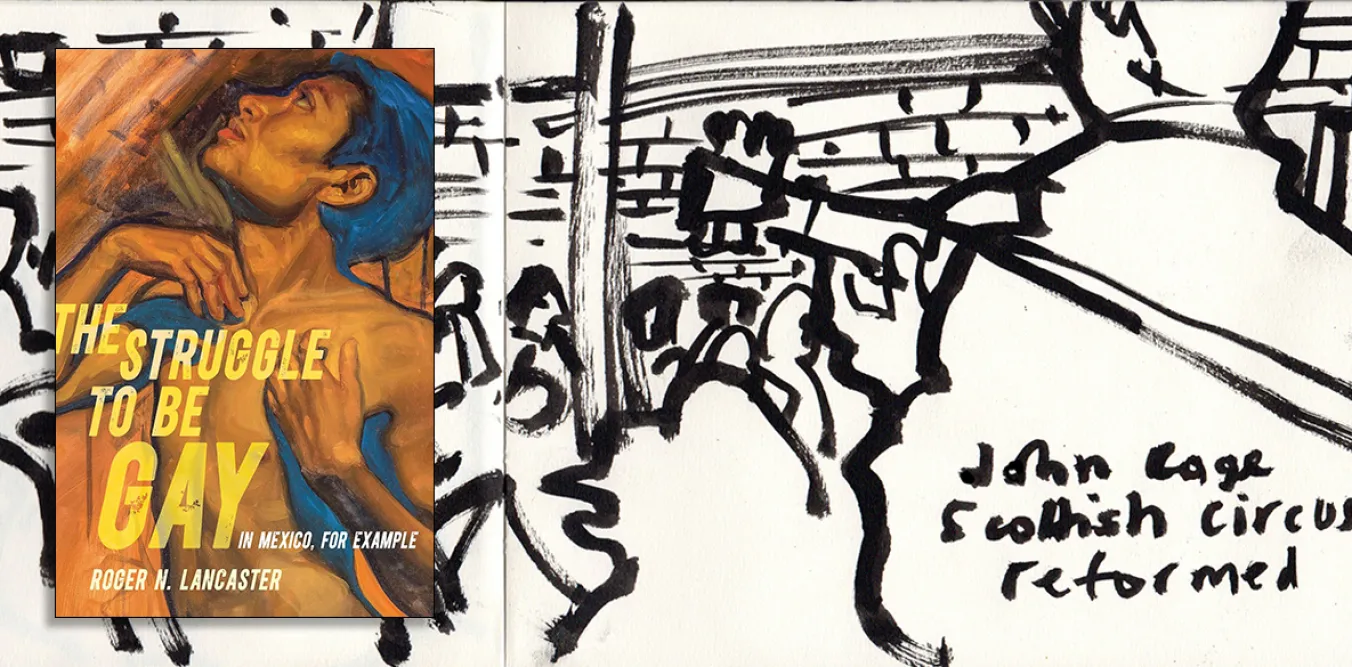
A landmark work of gay ethnography, an avant-garde fusion of folk and modernity, and a chance comment in a great interview
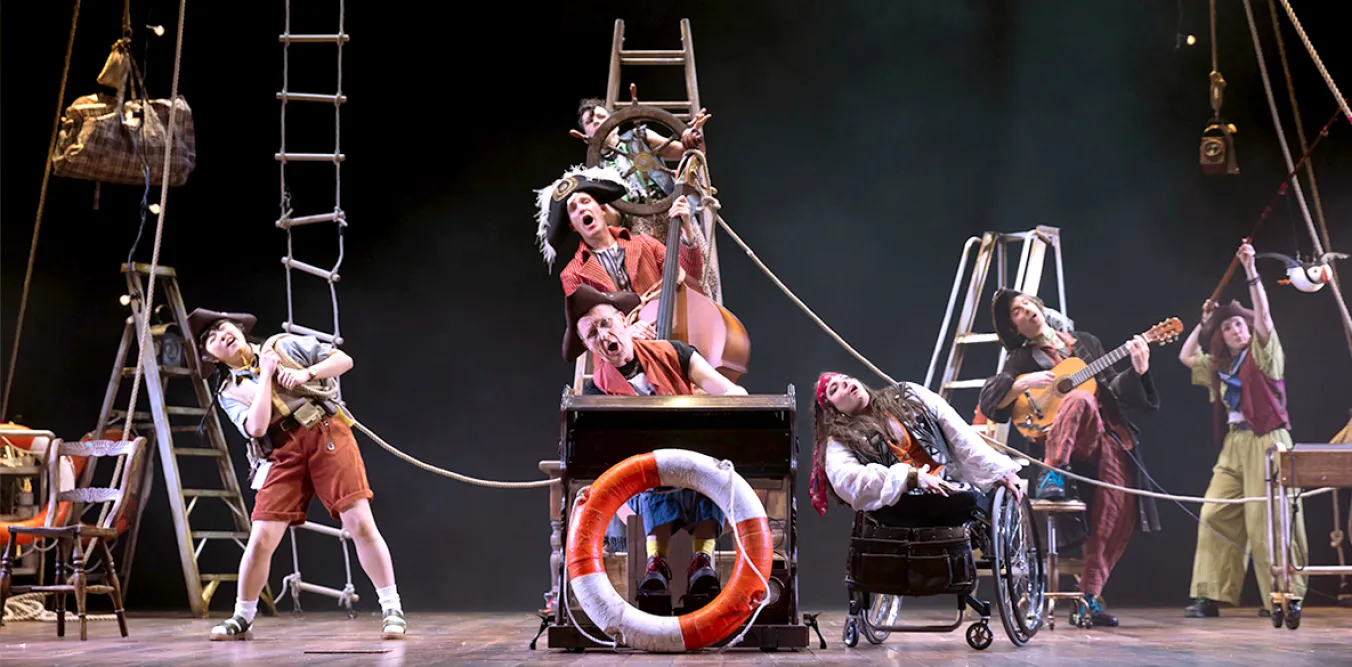
ANGUS REID applauds the inventive stagecraft with which the Lyceum serve up Stevenson’s classic, but misses the deeper themes
Similar stories

MARJORIE MAYO recommends an exhibition that asserts Palestinian history, culture and creativity in the face of strategies to erase them

CHRISTINE LINDEY guides us through the vivid expressionism of a significant but apolitical group of pre WWI artists in Germany
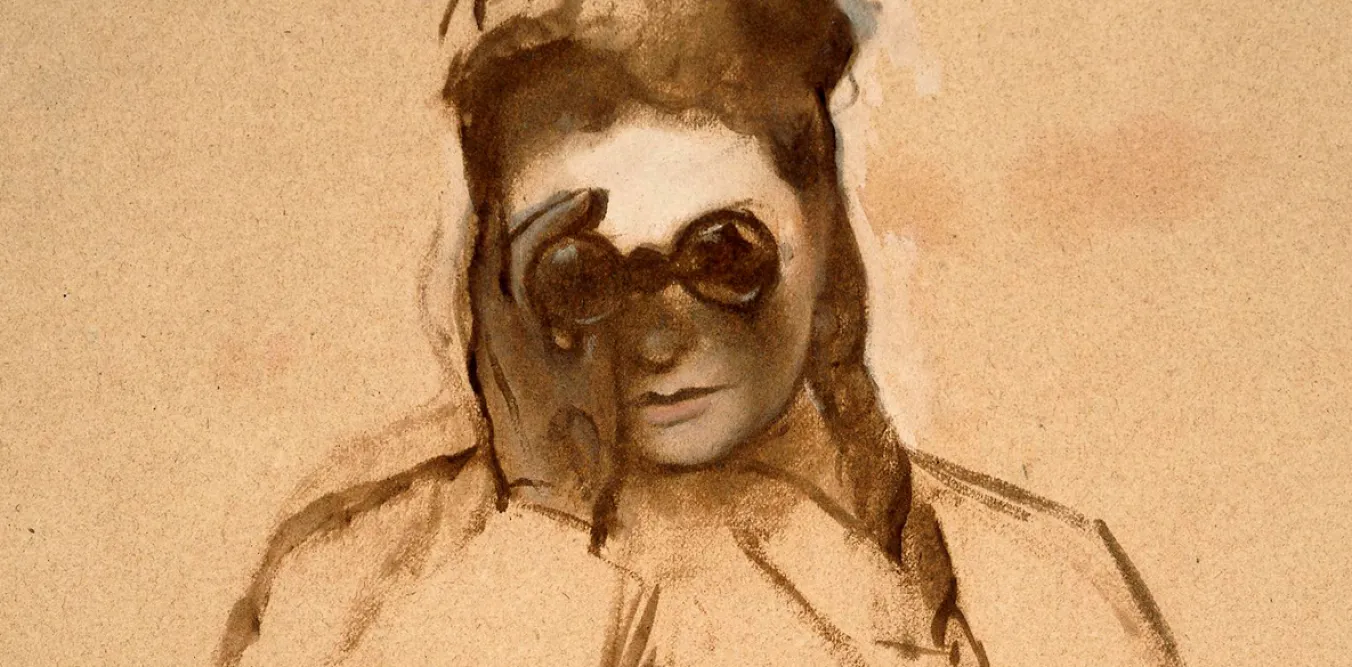
HENRY BELL steps warily through the collection of a Glaswegian war profiteer to experience his collection of Degas’ remarkable images of working people
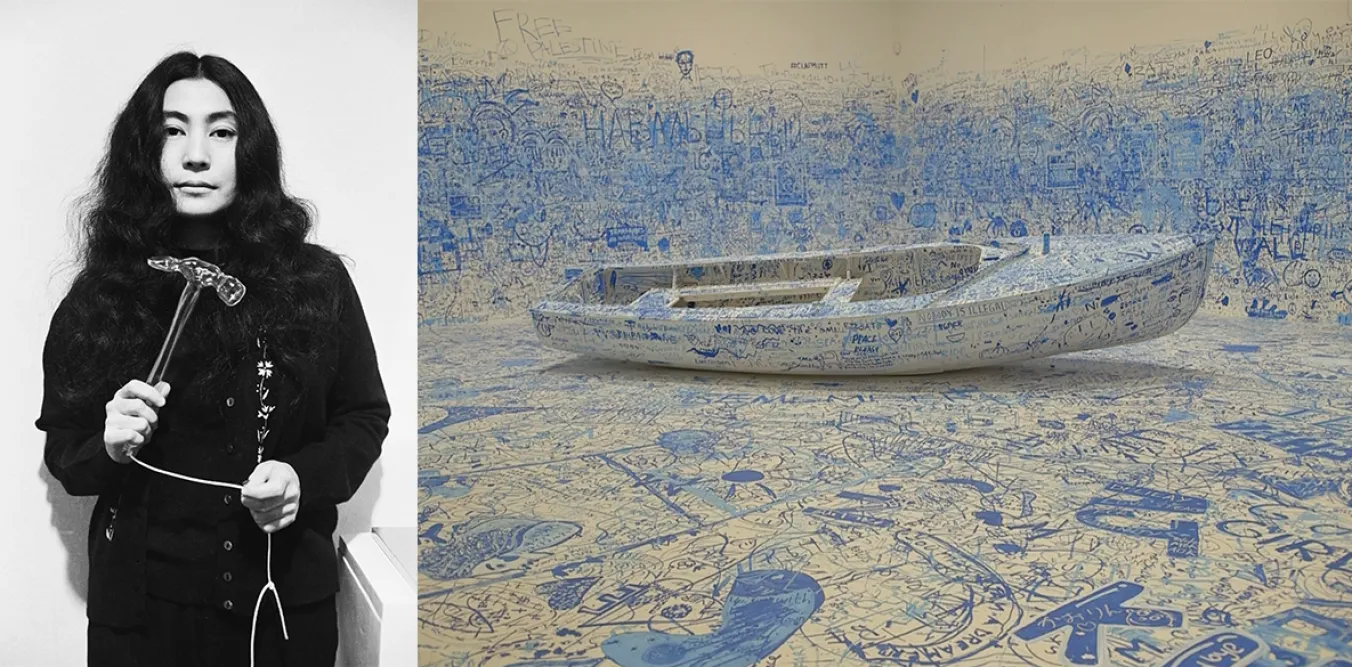
MARY CONWAY overcomes her resistance to the work of the 91-year-old Japanese American conceptual artist


